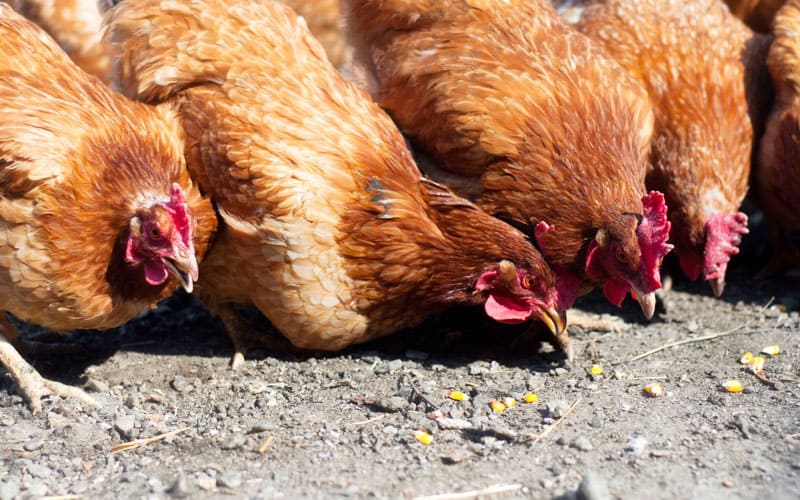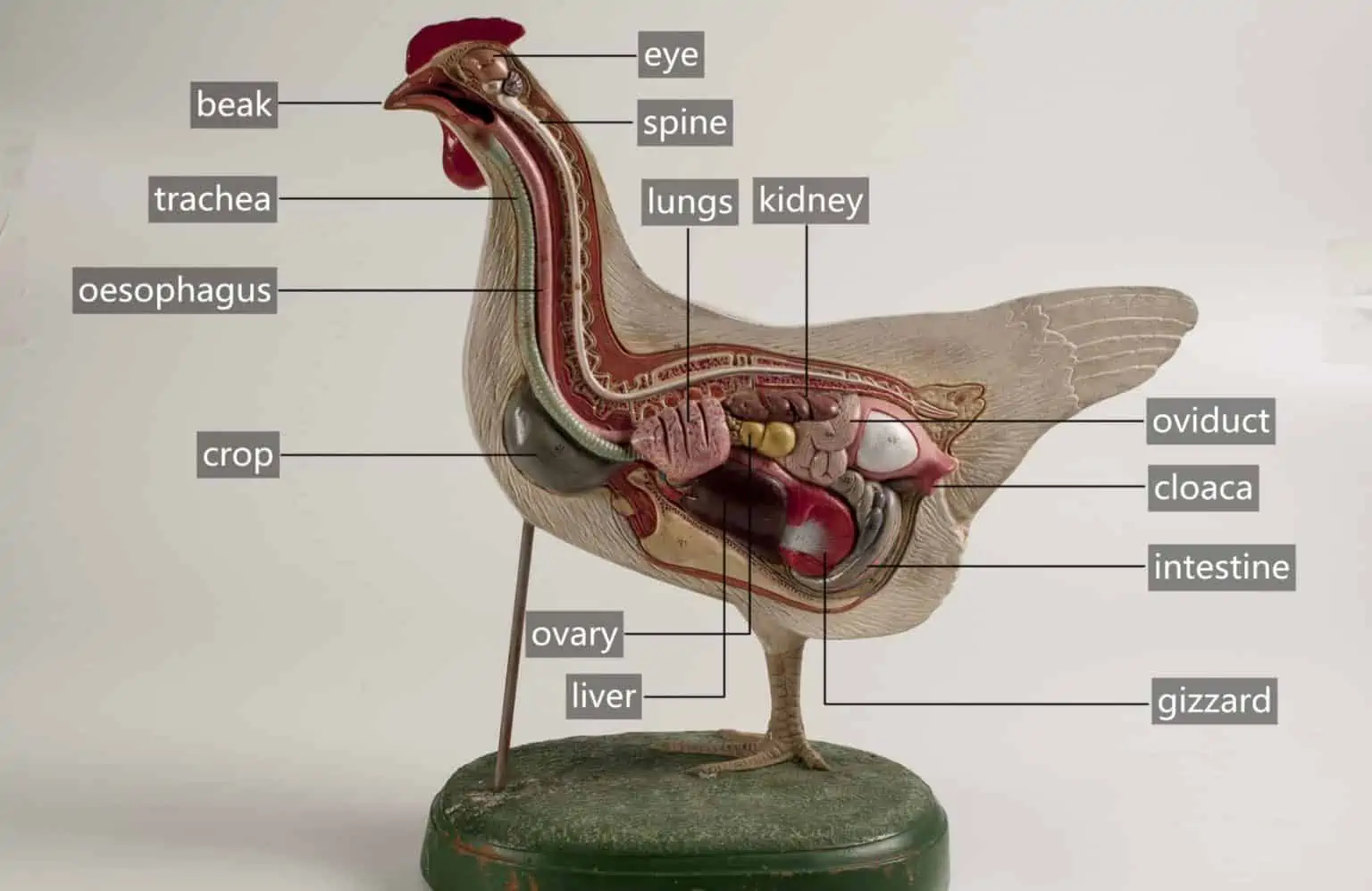Many poultry farmers are very shocked when they catch a glimpse of this certain phenomenon. Chickens eating rocks!
But is there really something to worry about? In this article, we’ll talk about why chickens eat rocks and why it’s vital to their diet and overall health.
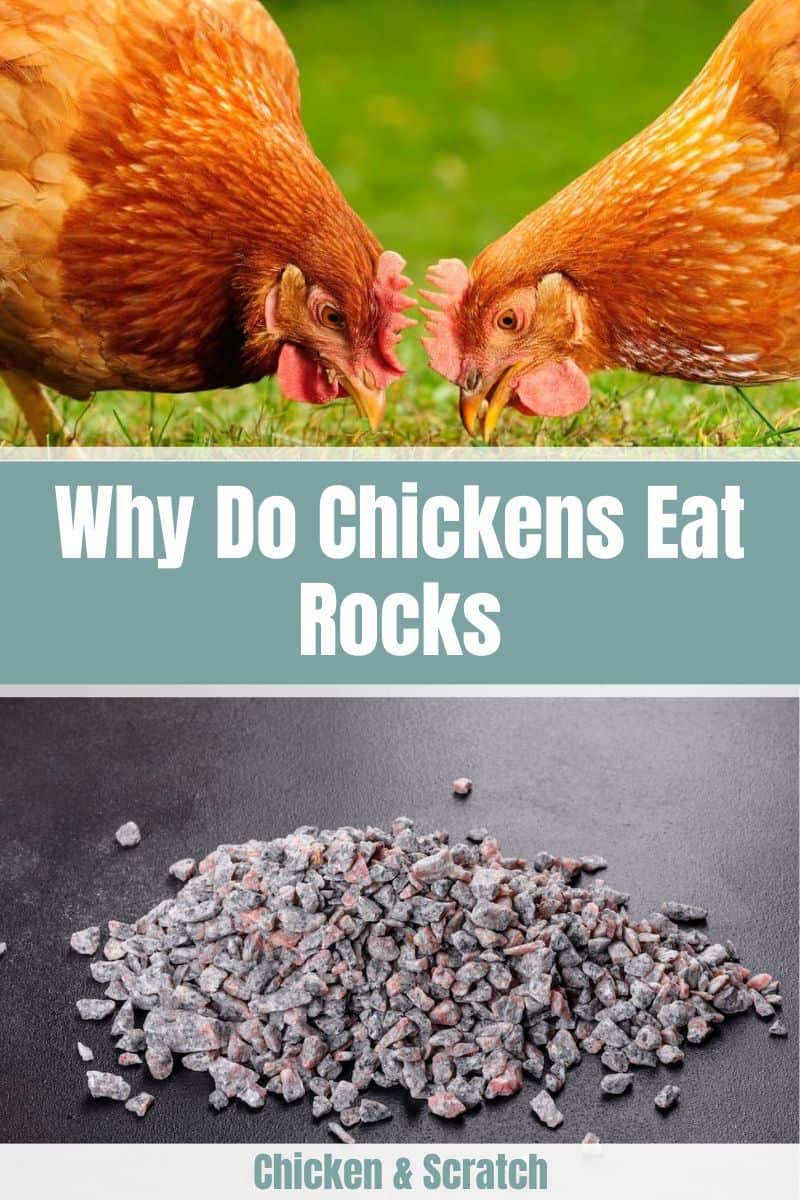
The Overview of a Chicken’s Digestion
The first stage of a chicken’s digestion is food intake, which they do using their beaks. Unlike us, they don’t have teeth. Instead, their food is swallowed whole before being ground down while in digestion.
When they’re eating their diet, the food goes into part of their esophagus, known as a crop. TThis area is along the chicken’s breast and becomes more prominent when they’ve eaten. You might notice it being smaller in the morning and growing as the day pass by.
Then, the food goes to the chicken’s stomach or proventriculus. Here, the stomach fluid is secreted for an easier digestive process.
The final step before entering the small intestines is where the gizzard comes. In this part of the digestion, the true purpose of eating rocks for chicken starts.
The Purpose of Grit: Why Do Chickens Eat Rocks?
Now, let’s get into why chickens eat rocks. The simple answer is to help their digestion.
Since chickens don’t have any teeth in their beak, they depend on picking up grit. This material is most commonly available as tiny pebbles or rocks!
Rocks act like the molars of chickens. They help grind down their diet of grains and seeds, which can be hard to digest.
That’s the reason why you might see your chickens going around and pecking on some rocks. They are instinctually inclined to do that as a part of their diet.
Are Rocks Safe for Chickens?
Yes, rocks are safe for chickens to consume. As we establish, it’s an integral part of their diet. That said, you might still think about the sharp edges of rocks and how they can affect the digestive tract of your flock.
Well, don’t worry! The gizzard of a chicken is very different from the stomach of a human. Since we have the teeth to grind down food, our digestive system is lined up pretty thin.
That’s not the case at all with chickens. Their gizzard, where the rocks sit, is lined with a thick muscle wall. That way, the stones will not tear through and hurt your chickens.
How to Choose the Right Grit?
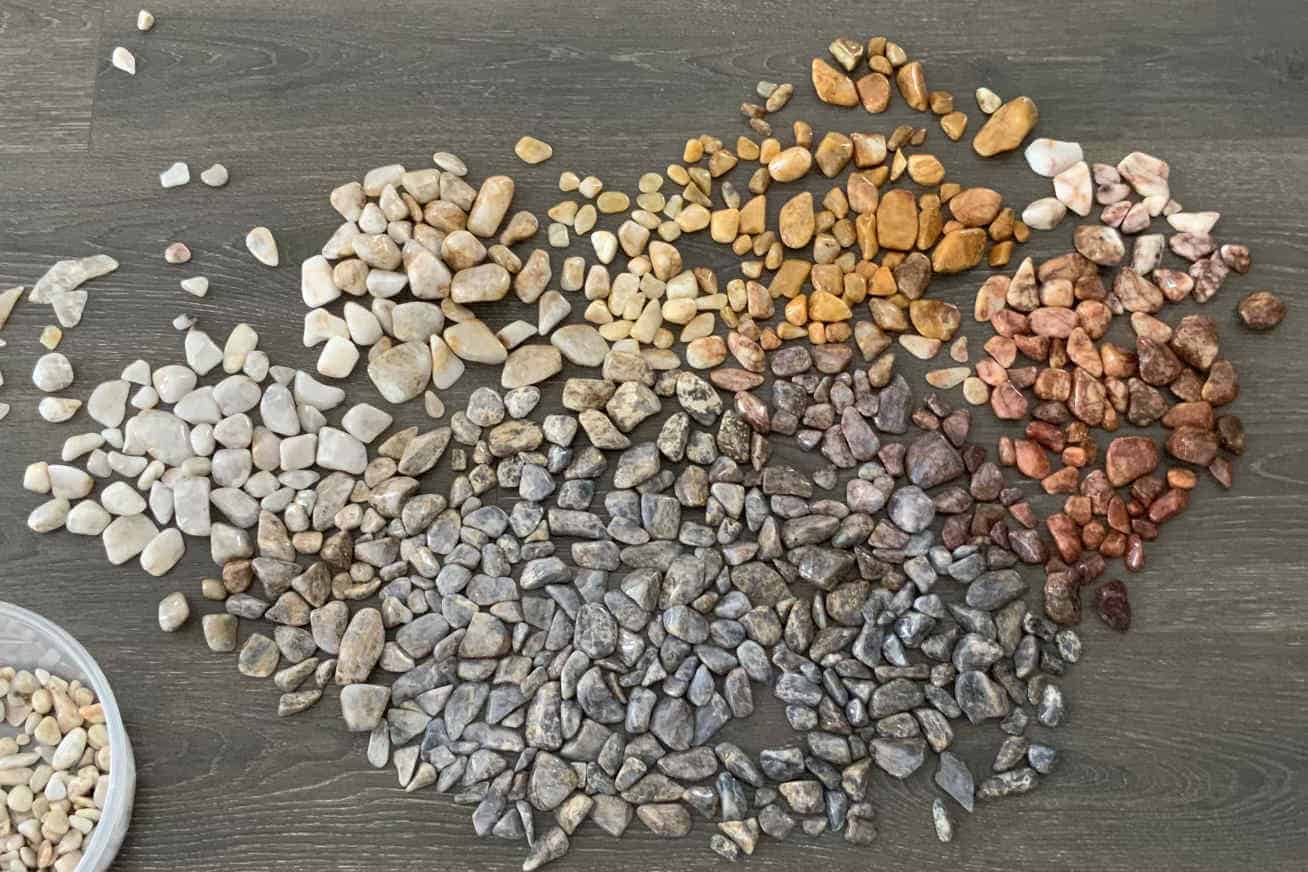
| Type of Chicken | Amount of Grit per Week | Type of Grit |
| Broilers | 20 to 30 oz | Soluble |
| Layers | 64oz (Soluble)
20 to 30oz (Insoluble) |
Soluble and Insoluble Mix |
If you’re a new chicken owner, don’t panic when you visit your local feed store. You might be flooded with many grit options!
When it comes to grit, there are two types: flint and oyster shell.
Flint grit (insoluble) is vital for the chickens’ digestive process. It’s the primary grit for any breed and sex of the chicken. This type of grit is mainly made with rocks and small pebbles.
It comes in various sizes, from large to small variants. This way, you can provide the proper grit for the age of your chicken.
Meanwhile, oyster shell (soluble) grit provides a source of calcium, helping to create strong eggshells and bones. It also digests well and can break down in the chicken’s small intestine; thus, its name.
This type is excellent for egg layers, especially if it’s your primary goal. But, they also come at a higher price, so a lower serving is enough. That said, broilers can also benefit from some oyster shell grit once in a while.
If your chickens can forage and roam around on some land, supplementary grit is all you’ll need since they can already find flint grit naturally on the ground. But, if that’s not the case, you can buy from your local farming and poultry supply store.
How to Feed Grit to Chickens?
Feeding grits depends on the type of home (coop or free-range), age, and grit you’ll offer your flock.
Free-range chickens usually get the grit they need from foraging. When digging for insects, they naturally pick up tiny rocks essential for their diet. It’s a no-effort way for your flock to get the stones they need.
That said, buying a grit or making your own is a good idea if your flock is in a coop or has a limited amount of foraging land. This way, you can supplement their grit intake whenever they need it.
Giving your chickens grit is easy with two practical options: mixing it into their feed bowl or placing it in a separate container. Each with its own advantages and cons.
By combining feeding and grit, chickens perceive it as food more efficiently. It can help you find the best quantity as you can control its serving. Although time-consuming, it minimizes the risk of overfeeding grit to your chickens.
The other way you can give grit to your chicken is by providing it in a separate container. This way requires less work as you can just leave the grit out. That said, it also comes with a con as you need to regulate their intake more so you don’t overfeed them.
How to Feed Grit to Chicks?
Sprinkle grit over their food for the first two days will teach them to differentiate between food and grit. After those two days, provide access to separate hoppers for their feed and grit, so they can remember which is which. If this doesn’t work for you, it’s just as okay to offer no grit on the first two days and then start supplying it on the third instead.
According to American Pastured Poultry Producers Association (APPPA), here’s the proper timeline for feeding grits:
Layers:
- Starter: Weeks 1 to Week 3
- Grower: Weeks 4 to Week 7
- Developer: More than Week 7
Broilers:
- Starter: Weeks 1 to Week 2
- Grower: Weeks 3 Week 6
- Developer: More than Week 6
Benefits of Eating Rocks
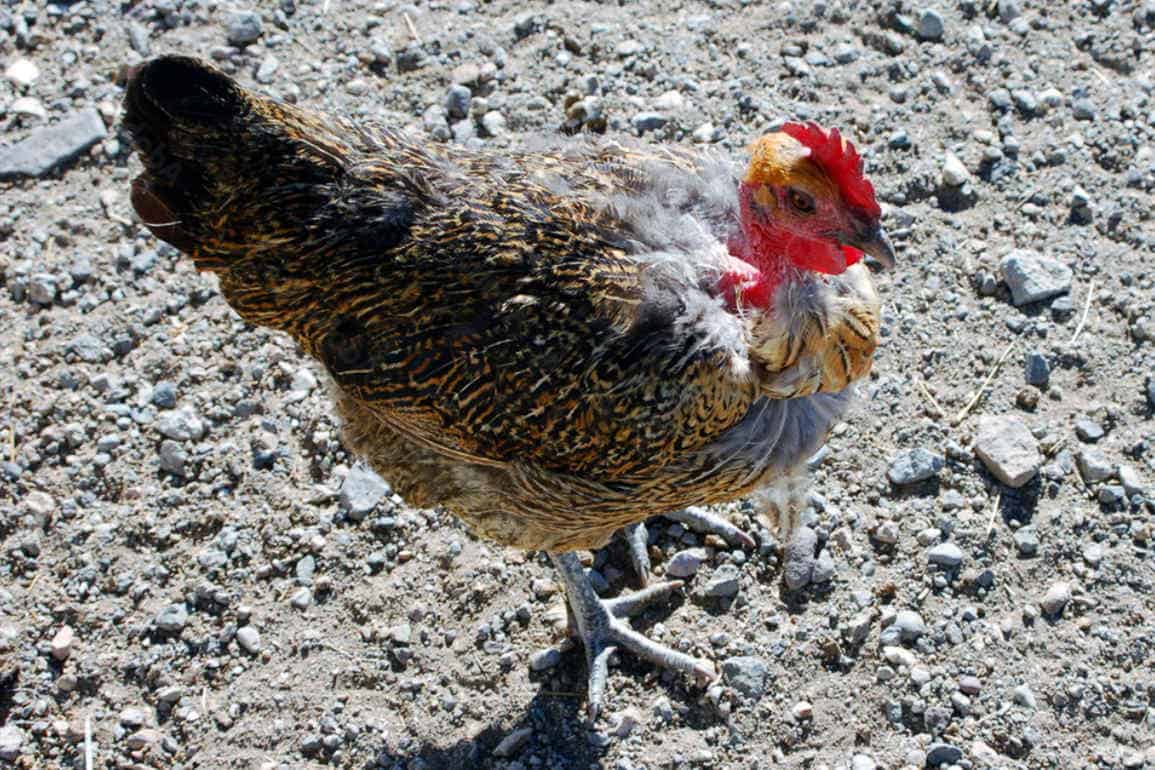
Now that we know why grit is an essential part of a chicken’s diet, let’s get into the benefits your flock will have from them. This includes:
Better Digestion
Feeding grit to your chickens promotes good health. Their gizzard works more precisely with proper grit providing them with improved digestion. Consequently, this leads to faster growth and a longer lifespan.
Aid in Breaking Down Food in the Gizzard
Although the gizzard will still work if you don’t directly feed your chicken’s grit, the proper intake of it can be an excellent way to aid the breakdown of food.
Proper digestion is crucial for chickens. It’s the core that fuels their production. Whether it be for eggs, meat, or show, it’s for the best to keep your chicken in tip-top digestion.
Enhancement of Nutrient Absorption
Rocks that are part of a chicken’s diet do not usually provide significant nutrition themselves, but they help break down the food and make it easier to digest. Ultimately, this will help ensure your chickens get all of the essential nutritional benefits from their diet.
Potential Risks and Concerns

Much like many factors when it comes to handling any part of the chicken care, feeding grit can also come with potential risks, such as:
Overconsumption of Rocks
As chickens have the natural urge to forage, they might overconsume if not provided the proper diet. It’s especially hazardous when your chickens are inside a coop or a young pullet.
Over time, excessive grit consumption can lead to various health issues. Crop impact and gizzard problems come to mind.
Impact on Overall Health and Digestion
The incorrect size of grit can damage the digestive tract. So, it’s essential to choose the right type of grit based on the age and size of your chickens.
Fortunately, most commercially sold poultry grits are of safe measurements. You just need to find the correct grit size indicated in the packaging.
The only potential threat of this damage is from natural stones and sand. So, you better provide them with grit to keep them feeding from the unfiltered ground.
Potential Injuries or Blockages
If a chicken overeats grit or the wrong type, it could be in big trouble. Their digestive system can become blocked, leading to pain and reduced feed intake. But, if you follow the right amount of grit we provided above, there shouldn’t be any problem.
Conclusion
Why do chickens eat rocks? Well, the simple answer is that it aids in their digestion. Acting as the chicken’s molar, a good amount of stone or grit can help your flock. With this article, we hope you know all you need about the rock’s place in a chicken’s diet.

Joseph Hudson has been raising chickens for over 15 years. In 2018, he completed the Agriculture & Natural Resources program at Mt. San Antonio College. He currently raises over 1400 chickens on his 7.5-hectare farm. He keeps sharing his experience on raising healthy and happy chickens on Chicken Scratch The Foundry.
